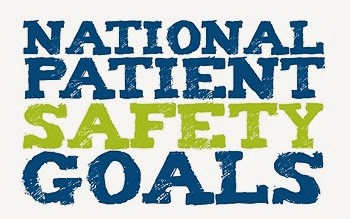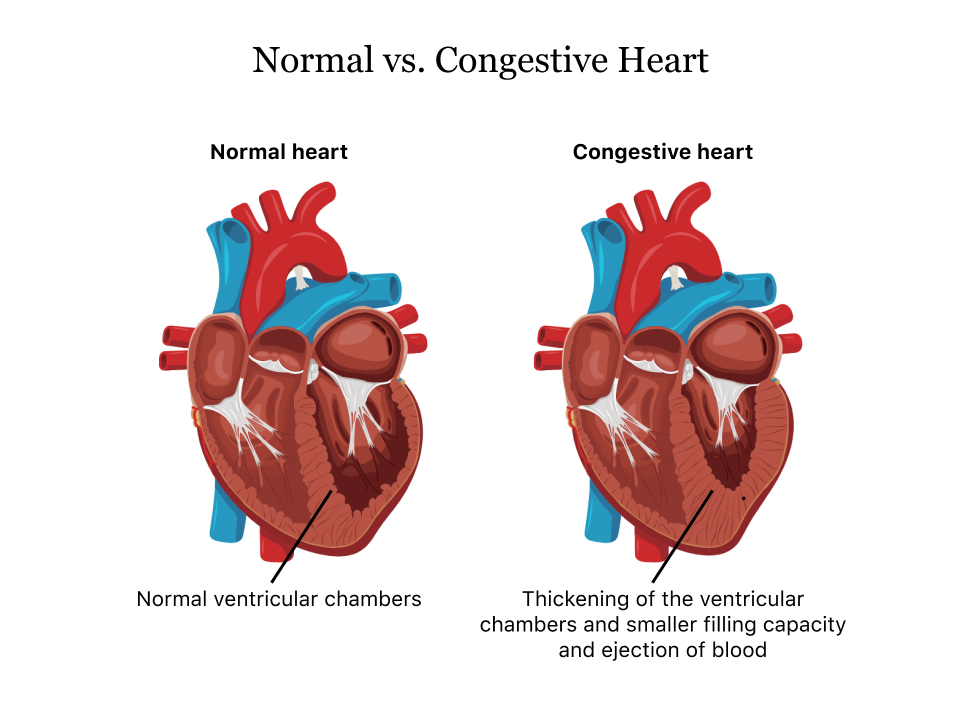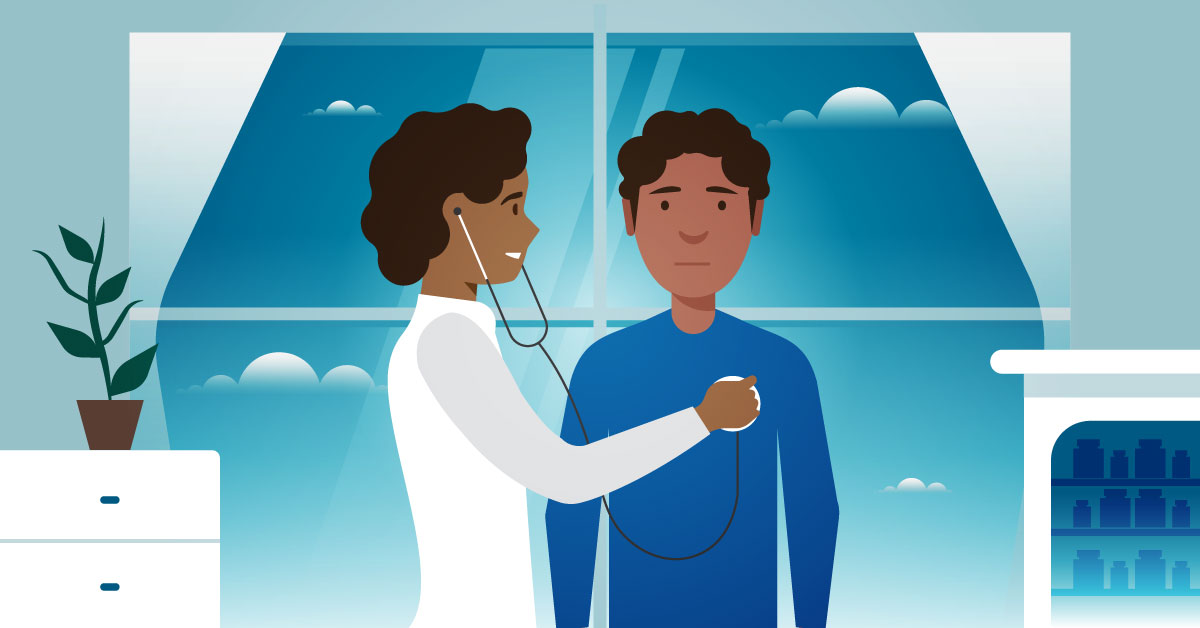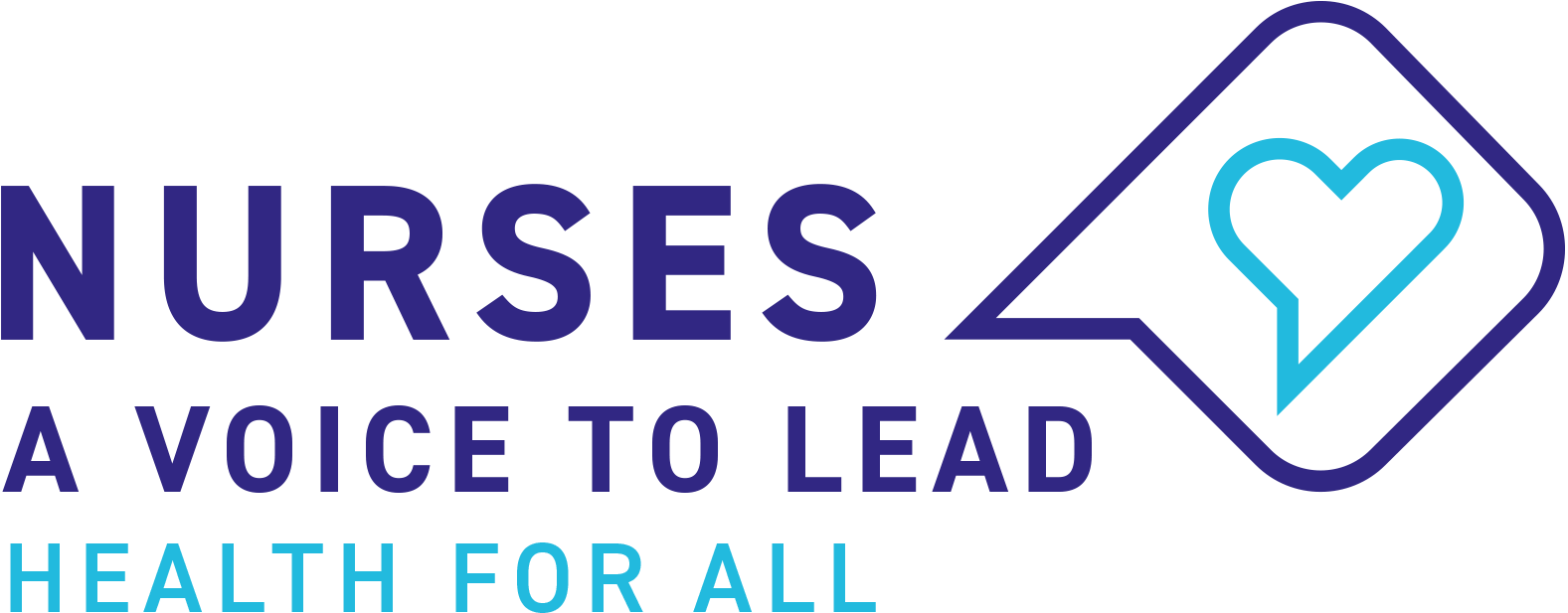Distraction techniques during immunization administration
Distraction techniques during immunization administration
(Distraction techniques during immunization administration) Provide further suggestions on how their database search might be improved. Use 2 references

In pediatrics, clinicians are constantly searching for ways to refrain from or reduce the amount of pain we inflict on patients. That may involve less frequent lab work or making the choice to leave out a PIV that is lost. Though efforts are made to reduce pain in healthcare settings, we are not able to guarantee painless experiences. One of the most notable examples of unavoidable pain is childhood immunizations. Since I am a current pediatric nurse and in the primary care pediatric NP track, this is and will even more so, become a common practice issue for me. I wanted to figure out what methods of distraction work for infants when receiving immunizations. Using Richardson and colleagues’ concept (1995, as cited by Davies, 2011) I created the PICO question: In infants, do distraction techniques during immunization administration result in lower pain scores when compared to no intervention?
Using the CINAHL and MEDLINE combined database, I searched the terms “distraction + immunization”. 106 articles resulted. After adding the term “infant” and excluding duplicates, reviews, and studies that involve study groups other than infants,10 articles remained. I used search techniques recommended by Stillwell et al. (2010). I searched using relevant keywords from my PICO question and used infant as my final limit on the articles that resulted. To improve my database searches, I could ask a librarian for help, use subject terms, or increase the publication date range on my search (Melnyk & Fineout-Overholt, 2023, pp. 62–87).
References
What it means to be a nurse with a practice doctorate
Read and suggest an additional perspective on what it means to be a nurse with a practice doctorate, offer support to the expectations with obtaining the degree that your colleague posted, or expand upon your colleague’s post. use 2 references

Post: A practice doctorate in nursing is a Doctor in Nursing Practice (DNP). Along the healthcare continuum, the DNP degree prepares nurses for nursing leadership and administration jobs in both clinical and non-clinical settings. According to Graves et al. (2021), a nurse who has earned a practice doctorate engages in advanced clinical practice and offers advanced levels of direct patient care. They use their specific knowledge and abilities to evaluate, identify, and treat complex health disorders. Nurses with practice doctorates are critical to leadership and collaboration in healthcare teams and systems. They work with physicians and other healthcare professionals to create and carry out care plans, enhance patient outcomes, and guarantee coordinated, all-comprehensive treatment.
Additionally, practicing nurses with doctoral degrees frequently work as educators and mentors, communicating their knowledge and experience into nursing students, other medical professionals, and colleagues of DNP nurses, who often fund one of their ideas and conduct research. Doctorly educated nurses must critically assess and apply theoretical frameworks to direct their practice and progress in nursing science. Although nurses with other degrees, such as the Bachelor of Science in Nursing (BSN) or Master of Science in Nursing (MSN) certainly contribute significantly to nursing practice, it is crucial to remember that doctoral degrees typically come with higher expectations for research, leadership, theoretical comprehension, and planning. DNP graduates are expected to exhibit outstanding leadership and professional abilities, while BSN graduates are expected to deliver safe and competent patient care.
Second, whereas DNP graduates are expected to have knowledge and skills in strategies for quality improvement and healthcare innovation, MSN graduates are expected to have advanced clinical abilities and expertise in their chosen specialty, particularly in advanced managerial roles. By earning a DNP, nurses can increase their knowledge and proficiency in a particular area. My motivation stems from the information I can apply to handle complex mental health challenges and enhance patient outcomes. Assessment and improvement of the quality of healthcare delivery are specialties of DNP nurses. I may recognize, plan, and implement improvement opportunities to improve patient safety, lessen health inequities, and produce better results (Harrison et al., 2021).
DNP-holding nurses are in the right position to influence public policy and improve the healthcare system. So that I may support equity, open access, and patient-centered care, I can uncover systemic gaps, make adjustments, and advocate for those changes. Some of my experiences in addressing a gap in practice within an organization include aligning education with the practice environment. According to Fawaz et al. (2017), it will be necessary for nursing schools, organizations, practitioners, and students to all develop coping mechanisms for handling the sudden entry of new knowledge, ideas, and abilities. In addition, technology significantly impacts how we live our lives and how we practice, educate, manage, and do research. Process-based learning, which could delay the efficient implementation of my practice, is now underemphasized in nursing school.




:max_bytes(150000):strip_icc()/article_7866255_foods-you-should-eat-every-week-to-lose-weight_-04-d58e9c481bce4a29b47295baade4072d.jpg)






